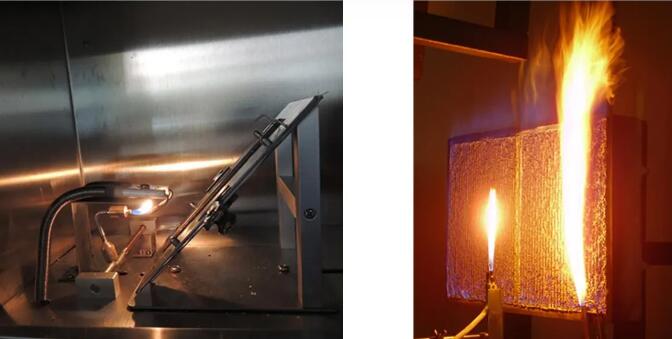- Qinsun Instruments Co., Ltd.
- Tell:+86-21-6780 0179
- Phone:+86-17740808215
- Address:No. 2578 Minhang District Gu Dai Road, Shanghai
- Contact:Mr. Li
- QQ:846490659
Maintenance and Calibration: How to properly maintain and calibrate the 45°Flammability Tester

Proper maintenance and calibration of the 45° Flammability Tester is essential to ensure accurate and reliable test results. Here are some guidelines for maintaining and calibrating the 45° Flammability Tester:
1. Regular cleaning: Clean the 45° Flammability Tester regularly to remove any debris, dust, or residue that may affect its performance. Use a soft cloth or brush to clean the surfaces of the tester, including the burner, specimen holder, and any other components.
2. Inspection: Conduct regular inspections of the tester to ensure that all components are in good condition. Check for any signs of wear, damage, or loose connections. If any issues are identified, take appropriate measures to repair or replace the damaged parts.
3. Calibration schedule: Establish a calibration schedule for the 45° Flammability Tester based on the manufacturer's recommendations and relevant standards. Calibration intervals may vary depending on usage frequency and regulatory requirements. Follow the schedule strictly to maintain accurate and reliable test results.
4. Calibration procedure: Follow the manufacturer's instructions for calibrating the 45° Flammability Tester. This typically involves adjusting the burner height, gas flow rate, and ignition timing to ensure consistent and repeatable test conditions. Use appropriate calibration tools and equipment as recommended by the manufacturer.
5. Certified calibration gases: Use certified calibration gases for calibrating the gas flow rate and burner height. These gases should have known concentrations and be traceable to national or international standards.

6. Record keeping: Maintain detailed records of all maintenance and calibration activities performed on the 45° Flammability Tester. This includes the date of maintenance/calibration, the procedures followed, any adjustments made, and the calibration standards used. These records are important for traceability and demonstrating compliance with quality assurance requirements.
7. Training and competence: Ensure that personnel responsible for maintaining and calibrating the 45° Flammability Tester are adequately trained and competent in performing these tasks. Provide training on proper maintenance procedures, calibration techniques, and safety precautions.
8. Safety precautions: Adhere to all safety precautions specified by the manufacturer during maintenance and calibration procedures. This may include wearing appropriate personal protective equipment, working in a well-ventilated area, and following safe handling practices for flammable gases.
9. Manufacturer's recommendations: Always refer to the manufacturer's guidelines, manuals, and documentation for specific maintenance and calibration instructions. The manufacturer's recommendations take precedence over general guidelines.
10. External verification: Consider periodically having the 45° Flammability Tester externally verified by an accredited calibration laboratory. This ensures an independent assessment of the tester's performance and helps identify any deviations or inaccuracies that may require adjustment or repair.
Remember, proper maintenance and calibration are crucial for maintaining the accuracy and reliability of the 45° Flammability Tester. By following the manufacturer's guidelines and adhering to relevant standards, you can ensure consistent and valid test results.





